Herbarium, a dried plant museum has such importance in taxonomy. It helps a taxonomist identify new species by matching one to a herbarium sheet preserved in it. It also helps in teaching the students of plant science. Also preserves the specimen for future research and study.
What is Herbarium?
Previously known as hortus siccus (dry garden) or hortus hiemalis (winter garden), the herbarium is a collection of plants that have been dried, pressed, and preserved on sheets and decorated or arranged according to any accepted system of classification for future reference, research, and study.
History
The making of herbaria is at least six centuries old phenomenon, although the techniques have changed little. Collecting plants, drying them, and mounted on paper was started by Italian physician and botanist Luca Ghini (1490-1556) and was spread over Europe by his students. He and his students used to gather fresh plants and place them between two sheets of paper and applied pressure to flatten them and absorb moisture. Then the dried specimen was glued onto a page in a book. Although Ghinis herbarium has not survived, the oldest extant herbarium is that of Gherado Cibo from around 1532.
The word ‘Herbarium’ was previously used to refer to a book about medicinal plants. But this was termed as a collection of dried, pressed plants by a French physician and botanist Joseph Pitton de Tournefort (1656-1708). Before Linnaeus in herbaria, herbarium sheets were bound into books. The famous Naturalist and Taxonomist of Sweden Carolus Linnaeus (1707-1778), was the first to keep his specimen unbound, rather He constructed a specialized cabinet and placed herbarium sheets in that. Modern herbaria follow this modeled cabinet.

Importance of Herbarium
- It works as a reference library.
- If any species does not match with the reference given in the herbarium is considered new to science.
- Gives data for monographs.
- Provide a plant’s basic information.
- Helps store a specimen’s information for further research.
- its works as a strong document of a plant growing place and time.
- Documentation of a plant species’ morphological and anatomical species information in different locations.
- Provide teaching material for the Botany, plant taxonomy, or Plant science students
- Helps to, find rare species, their habit, habitat, extinction history, etc.
- Helps pollination ecology, insect ecology, taxonomy, and systematics by providing pollen.
- Documents the flowering and fruiting times and Juvenile fruiting times.
- It supplies important plant lists which are edible or medicinal.
- Also, prepare threatened plant lists in an order to save them.
Preparation of a herbarium sheet
1. Field visits and specimen collection:
The first thing to prepare a herbarium sheet is to collect the perfect specimen which possesses all parts including fruits, and flowers. Before going to the field proper self-protective elements might be there e.g. jeans, boots, insect killers, mosquito killers, etc. To collect the specimen and make a herbarium sheet some more tools are needed they are-
| 1. Secature | 5.Topographic map | 9.Polythene bag | 13. Notebook |
| 2.Polythene | 6. FAA solution | 10. soft pencil | 14. tag |
| 3. Blotting paper | 7. Field Marker | 11. Altimeter | 15. Dryer |
| 4. Old newspaper | 8.Gardening gloves | 12. Hand lens | 16. Camera |
By using the secature the specimen is to be cut properly, just after that it should be tagged – 1,2,3…..then these 1,2,3….. numbers also be included in the notebook bearing some additional information like specimen local name, habit, habitat, remarks, date of collection, names of the collectors. The picture of that plant may also be kept. Then the specimen is preserved in a polythene bag airtightly and carry it to the restroom or research center carefully. More than one specimen should be collected, if any damage occurs with one, another would be the safe option for that time.
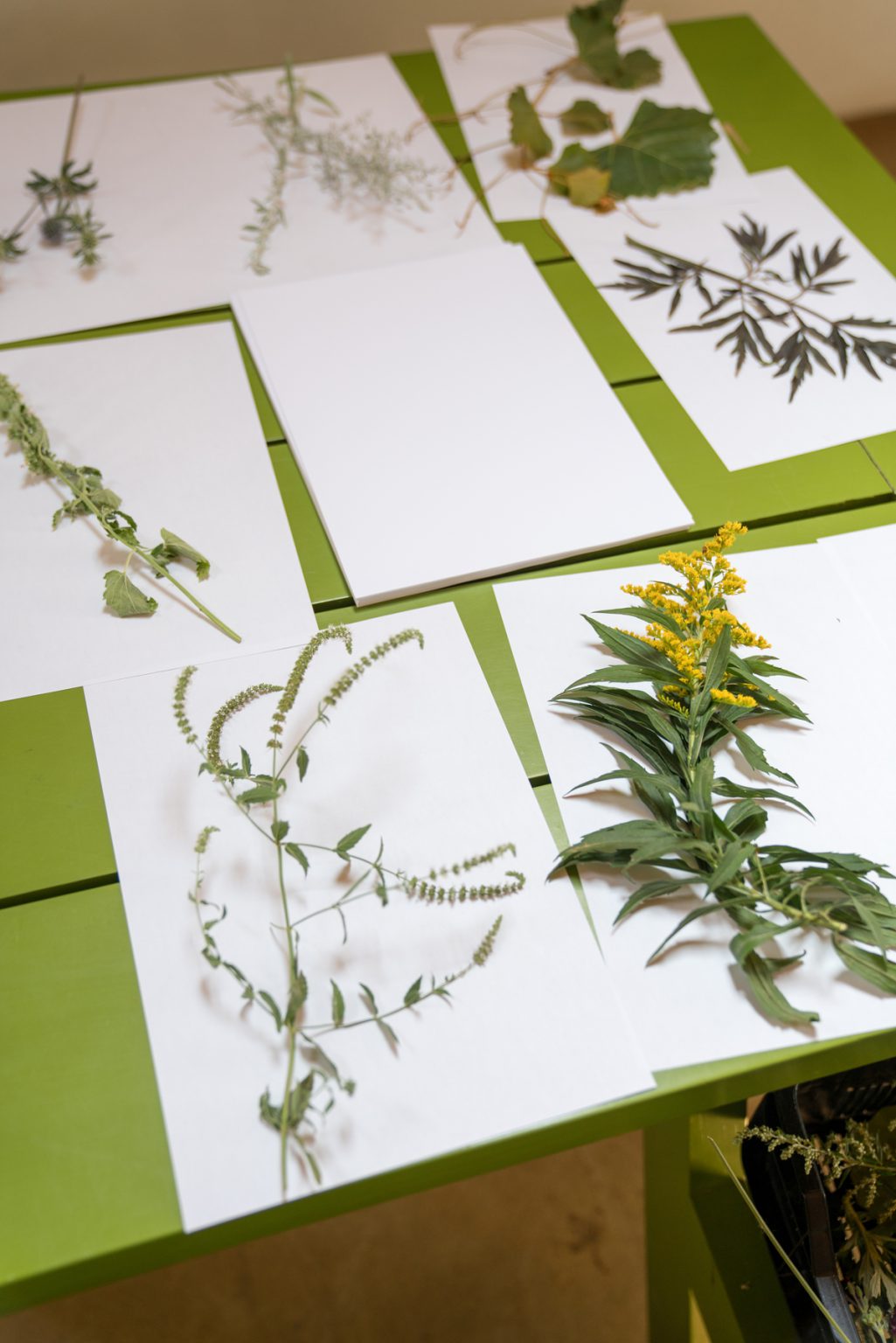
Pressing:
After reaching the research center the specimen should be spread out between the blotting paper folded by the newspaper. During spreading the specimen, it must be ensured that at least two leaves are ventrally positioned and two in dorsally so that both sides are visible. Then this fold is kept in a pressing machine and tightly tied by rope.

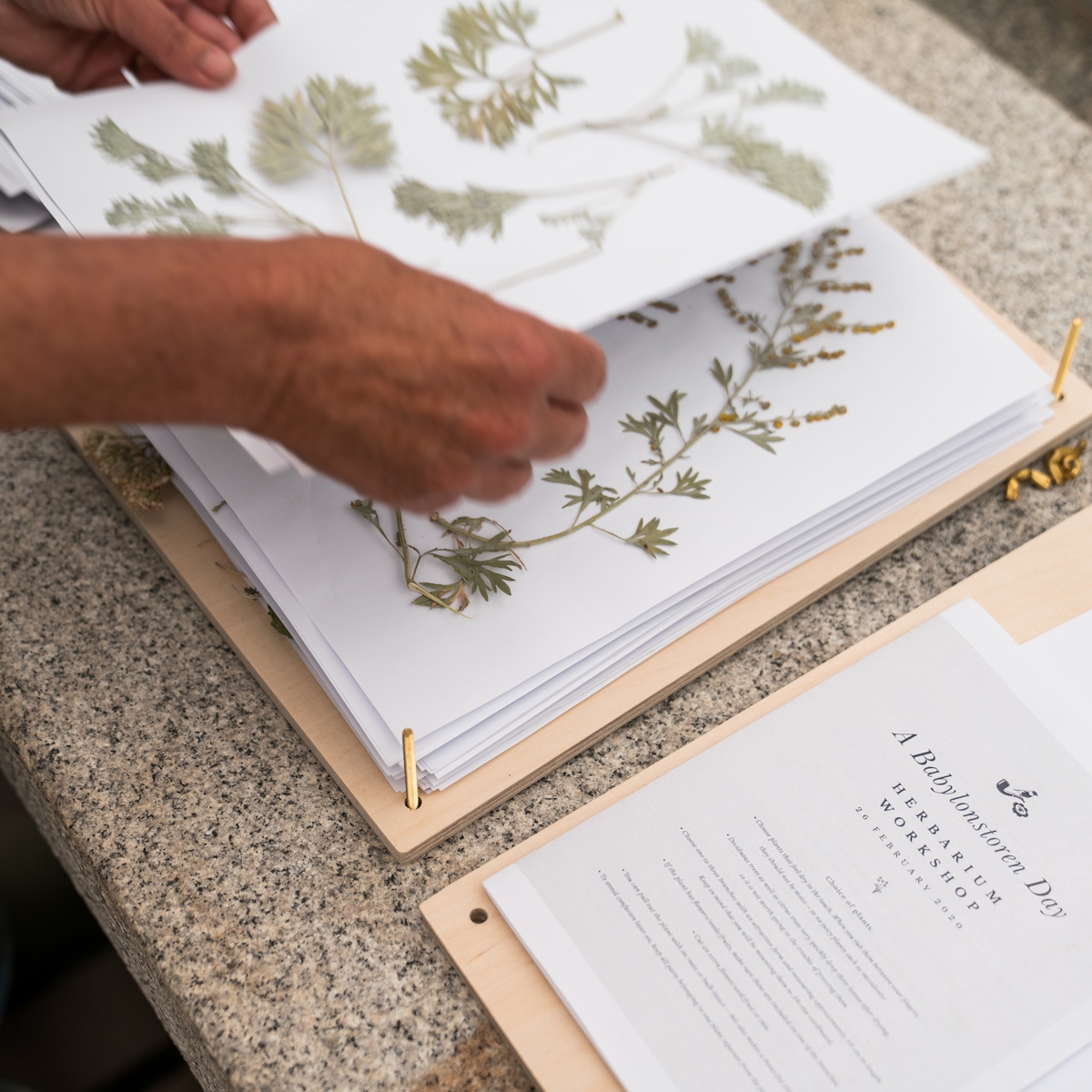
Drying:
A tightly tied presser bearing the pressed specimen is kept longitudinally in the sunlight or in a drier for 24 to 48 hours.
Mounting
The dried specimens then mounted on a standard herbarium sheet measurement of that is (16.5X11.5 inches) by using a die, glue, adhesive, or sellotape.
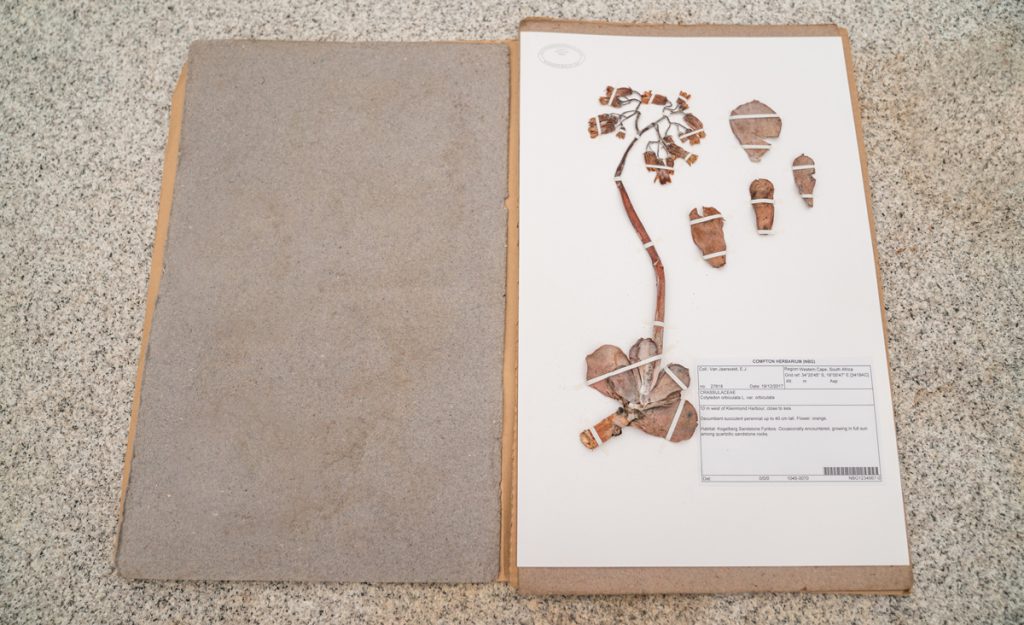
Labeling:
There might be a label containing scientific information, and the classification of that specimen.
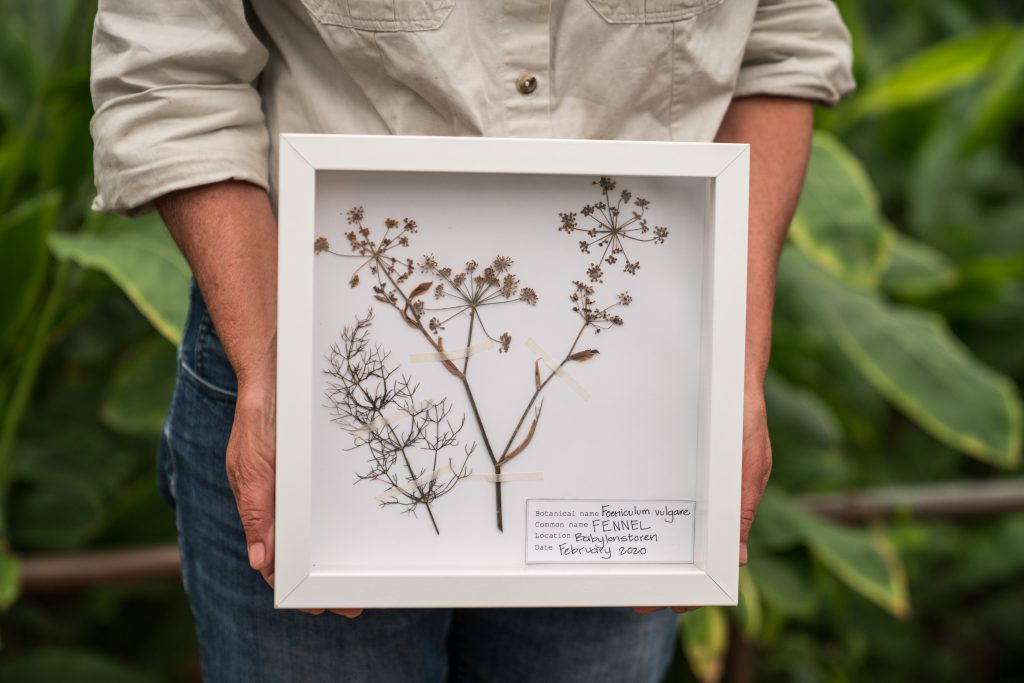
Storage :
A properly completed herbarium sheet, properly placed in a thin paper fold, which is called a specimen cover. Then it would be placed in a thick genus paper fold and finally, that will be put into the herbarium cupboards following any accepted Classification system. In Salar khan Herbarium, the Cronquist system of classification is followed.

Some Famous Herbarium in the world:
- Museum of Natural History, Paris. (10M)
- Royal Botanic Gardens, Kew. (6M)
- Komarov Botanical Institute. (5.7M)
- Conservatory and Botanical Garden, Geneva. (5M)
- Combined Herbaria, Harvard University, Cambridge. (5M)
- New York Botanical Garden, Bronx. (6M)
- U.S. National Herbarium, Washington. (4.1M)
- British Museum of Natural History, London. (4M)
- Natural History Museum, Vienna. (3.5M)
- Missouri Botanical Garden, Saint Louis. (2.1M)
- Field Museum of Natural History, Chicago. (2.1M)
- National Botanical Garden of Belgium, Brussels. (2.1M)
- Botanical Garden and Botanical Museum, Berlin. (2M)
- Academy of Natural Science, Philadelphia. (2M)
- Salar Khan Herbarium, Taxonomy Laboratory, Department of Botany, Dhaka University.
- Bangladesh National Herbarium, Mirpur, Dhaka. (0.1M)





References
- Class lecture
- https://www.alamy.com/stock-photo/herbarium-sheet.html?sortBy=relevant
- https://en.m.wikipedia.org/wiki/Herbarium
- https://www.floridamuseum.ufl.edu/science/what-is-a-herbarium/#:~:text=The%20word%20herbarium%20was%20originally,collection%20of%20dried%2C%20pressed%20plants.
 Plantlet The Blogging Platform of Department of Botany, University of Dhaka
Plantlet The Blogging Platform of Department of Botany, University of Dhaka
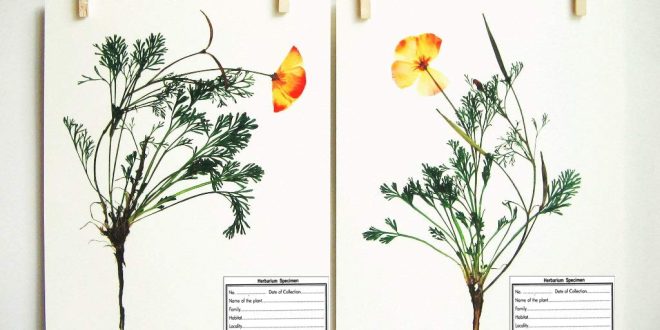


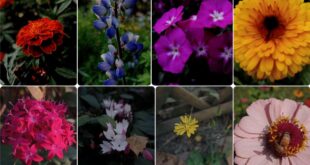

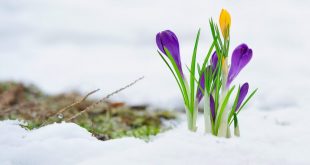
I want to express my gratitude for providing such valuable insights on a topic that greatly interests me. Your thorough analysis and the current information you’ve shared clearly establish your credibility as a go-to source for staying informed in the constantly evolving realm of blogging. By the way I am a Senior Researcher @ (Clickmen™)
Thank you so much for your Valuable comment. We wish to hear from you again.
Wonderful web site. Lots of useful info here. I’m sending it to a few friends ans additionally sharing in delicious. And obviously, thanks to your effort!
Thank you so much for your Valuable comment. We wish to hear from you again.
I am truly thankful to the owner of this web site who has shared this fantastic piece of writing at at this place.
Just wish to say your article is as surprising The clearness in your post is just cool and i could assume youre an expert on this subject Fine with your permission allow me to grab your RSS feed to keep updated with forthcoming post Thanks a million and please keep up the enjoyable work
Fantastic read! I was especially impressed by the depth provided on the topic, offering a perspective I hadn’t considered. Your insight adds significant value to the conversation. For future articles, it would be fascinating to explore more to dive deeper into this subject. Could you also clarify more about the topic? It caught my interest, and I’d love to understand more about it. Keep up the excellent work!
Fantastic read! I was especially impressed by the depth provided on the topic, offering a perspective I hadn’t considered. Your insight adds significant value to the conversation. For future articles, it would be fascinating to explore more to dive deeper into this subject. Could you also clarify more about the topic? It caught my interest, and I’d love to understand more about it. Keep up the excellent work!
Your blog is a valuable resource.